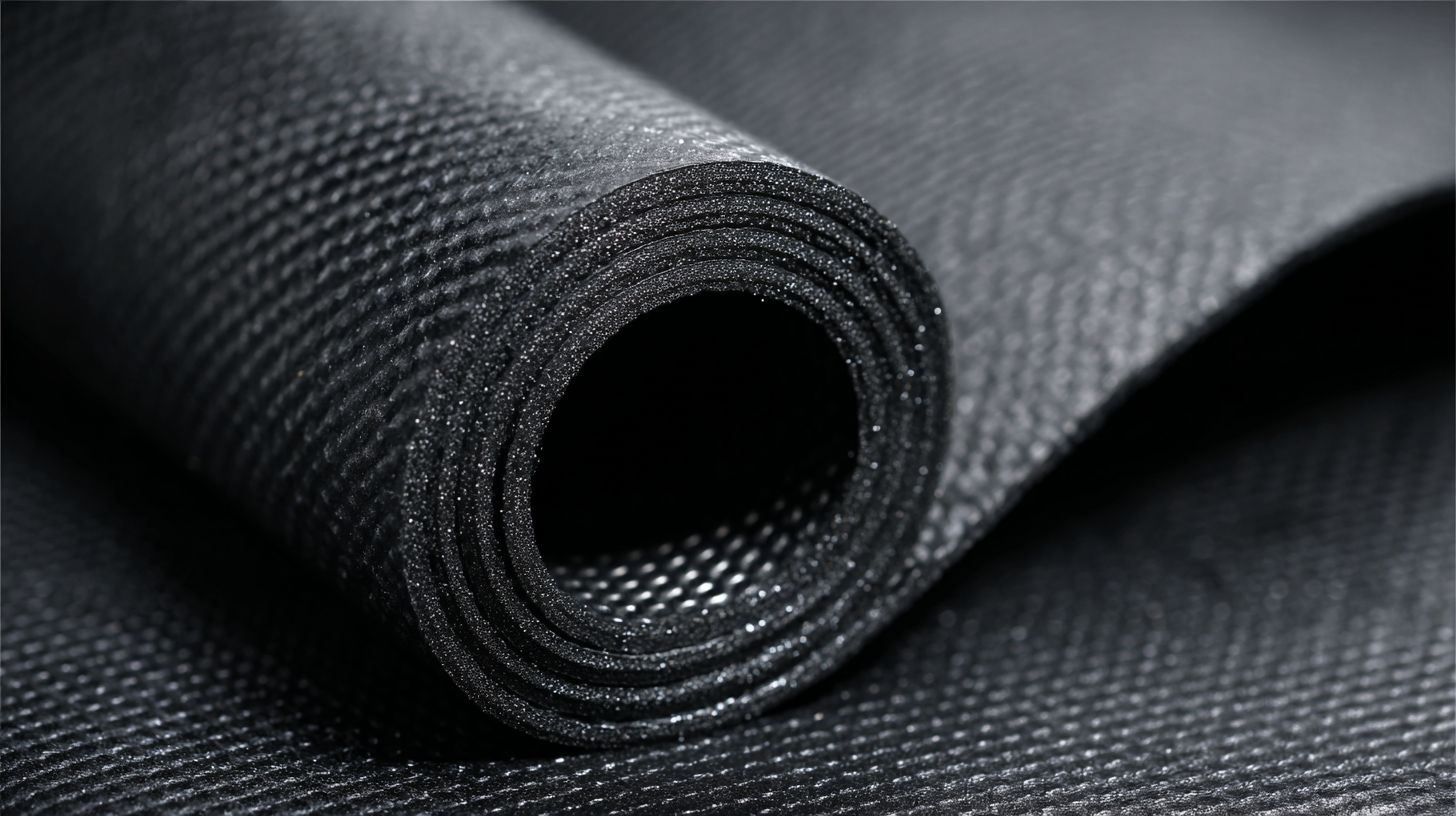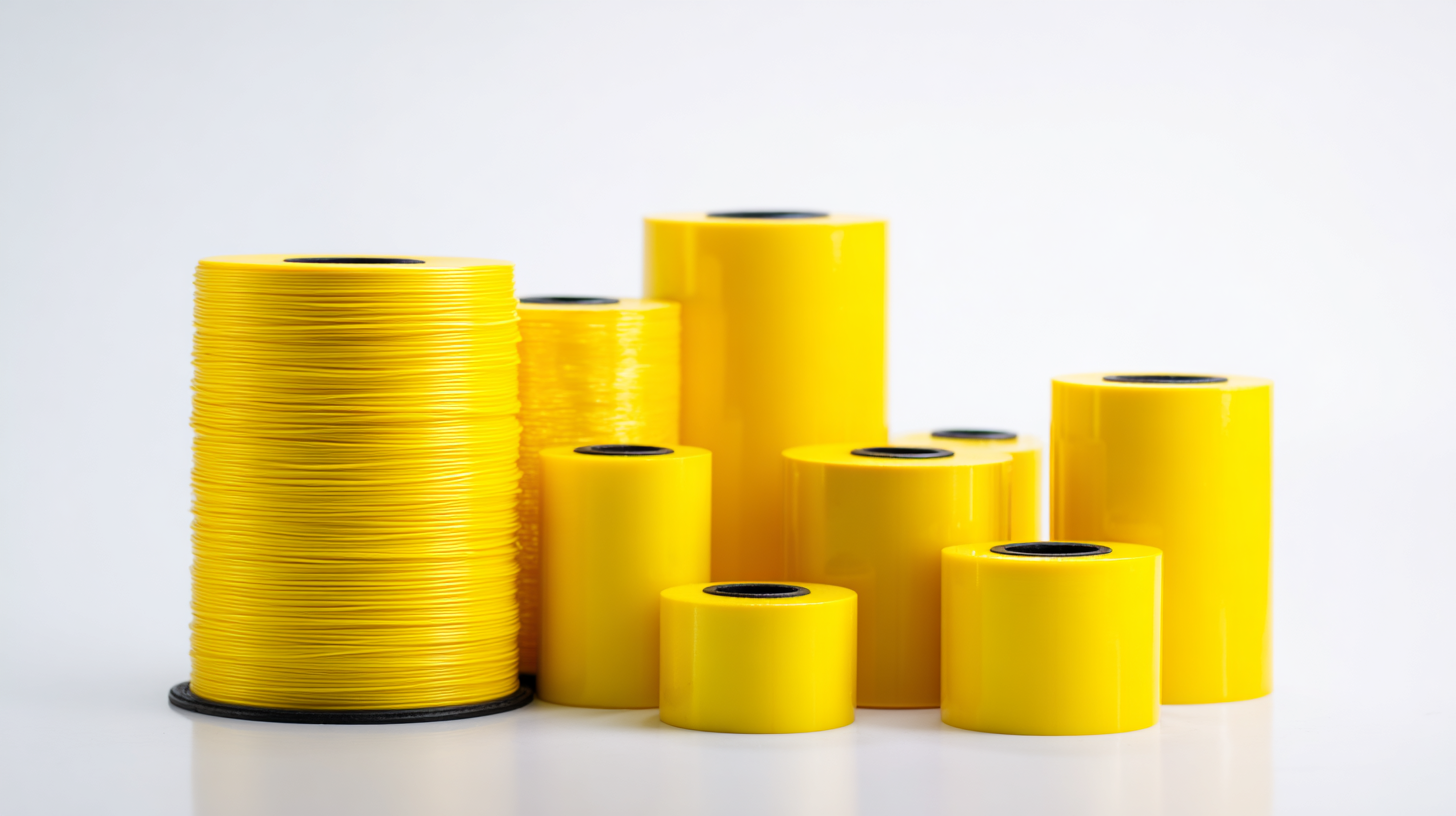As businesses navigate the complexities of the modern market, the importance of futureproofing strategies becomes increasingly evident. One key focus area is the ever-evolving landscape of materials, particularly Styrene Butadiene Rubber (SBR). With its diverse applications across industries ranging from automotive to consumer goods, understanding the latest trends in SBR is crucial for companies aiming to stay competitive in 2025 and beyond. This blog will explore the most significant advancements in Styrene Butadiene Rubber, offering actionable tips and insights for businesses to harness these trends effectively. By staying informed and agile, companies can not only adapt to changes in the market but also drive innovation and sustainability in their operations, positioning themselves as leaders in their respective fields.

Emerging trends in the Styrene Butadiene Rubber (SBR) market suggest significant growth and adaptation strategies for 2025 and beyond. With the global synthetic rubber market projected to surpass USD 51.39 billion, the demand for SBR continues to rise, driven by its applications in the automotive and healthcare sectors. As manufacturers look to leverage this growth, it is crucial to stay informed about the latest market dynamics and technological advancements.
Tips for businesses looking to futureproof themselves include investing in research and development to innovate SBR formulations that meet changing consumer preferences and regulatory standards. Additionally, embracing sustainability by exploring alternatives to conventional raw materials will be essential, as eco-conscious practices become more prominent in sourcing and production strategies.
With styrene polymers emerging as an attractive PVC substitute, companies should consider diversifying their product offerings to capture this growing demand. By keeping abreast of market trends and aligning their strategies accordingly, businesses can position themselves advantageously in the evolving landscape of the Styrene Butadiene Rubber market.
This bar chart illustrates the projected growth percentage of the Styrene Butadiene Rubber market from 2021 to 2025. The upward trend highlights the increasing demand and importance of SBR in various applications, ensuring businesses are aligned with the emerging trends for future success.
The Styrene Butadiene Rubber (SBR) industry is poised for significant growth, driven by several key factors and challenges. One of the primary growth drivers is the increasing demand for SBR in automotive and manufacturing sectors, as it offers excellent durability and resistance to wear and tear. Additionally, the rising trend of eco-friendly materials is forcing manufacturers to develop sustainable practices, which could present both an opportunity and a challenge. Stakeholders must stay updated on these trends to align their strategies effectively.
To adapt to market dynamics, companies should consider investing in research and development to innovate and improve product formulations that meet changing consumer preferences. Furthermore, establishing strategic partnerships with suppliers can enhance supply chain resilience.
Tip: Regularly analyze industry reports and forecasts to stay ahead of emerging trends and shifts in consumer behavior. Another tip is to prioritize sustainability by exploring biodegradable alternatives to traditional SBR formulations, thus appealing to environmentally conscious customers. Lastly, streamline operations by adopting automation technologies that can enhance efficiency and reduce costs in production processes.

Sustainability has become a pivotal focus in the production of styrene butadiene rubber (SBR), pushing manufacturers towards eco-friendly innovations. According to a recent report by Grand View Research, the global SBR market is expected to reach $10.34 billion by 2025, with a growing emphasis on sustainable practices. With increasing regulations and consumer demand for greener products, companies are investing in technologies that minimize environmental impact. This includes integrating renewable resources and developing alternative production methods that reduce carbon emissions.
One of the most promising trends is the rise of bio-based styrene butadiene rubber, derived from renewable raw materials. Research shows that this alternative can significantly lower the reliance on fossil fuels, which currently dominate SBR production. For instance, a study from the European Rubber Journal highlights that switching to bio-based precursors can decrease CO2 emissions by up to 60% compared to traditional fossil fuel-based processes. Furthermore, incorporating recycled materials and optimizing energy use in manufacturing facilities not only enhances sustainability but also boosts operational efficiency, making it a win-win for both the planet and profit margins.
As businesses navigate the complex landscape of 2025 and beyond, the styrene butadiene rubber (SBR) sector presents compelling investment opportunities. Companies looking to futureproof their operations should consider strategic partnerships with SBR manufacturers and suppliers. These collaborations not only enhance product innovation and market reach but also provide shared resources that can mitigate risks associated with fluctuating raw material prices. By investing in long-term relationships with key players in the SBR market, businesses can capitalize on advancements in sustainability and performance enhancements that are becoming essential in today’s eco-conscious marketplace.
Moreover, emerging trends in the SBR industry indicate a shift toward greener technologies and applications. With increasing demand for high-performance materials in various sectors, including automotive and construction, stakeholders are called to adapt quickly. Identifying niche segments within the SBR market—such as specialty grades or sustainable rubber alternatives—can lead to lucrative ventures. By actively exploring these investment avenues and fostering partnerships aimed at innovation, businesses can not only secure a competitive edge but also contribute to a more sustainable future in the rubber industry.
| Trend | Investment Opportunity | Strategic Partnership Potential | Projected Growth Rate (%) | Target Market |
|---|---|---|---|---|
| Sustainable SBR Production | High | Chemical Manufacturers | 12% | Automotive Industry |
| Advanced Blends for Applications | Medium | R&D Collaborations | 9% | Consumer Goods |
| Digitalization in Manufacturing | High | Tech Companies | 15% | Industrial Sector |
| Emerging Markets Focus | Very High | Local Distributors | 10% | Construction |
| Recycling and Circular Economy | Medium | Environmental Firms | 14% | Textiles |
As we look toward 2025 and beyond, the styrene butadiene rubber (SBR) industry is set to undergo significant transformations driven by advancements in technology. Innovations in production processes are reshaping the efficiency and sustainability of the supply chain, offering companies an opportunity to adapt and thrive. The integration of automation and AI analytics in manufacturing not only streamlines operations but also enhances real-time decision-making, allowing businesses to respond swiftly to market demands.
Furthermore, the emergence of eco-friendly alternatives and circular economy principles is redefining material sourcing and disposal in the SBR sector. Companies are increasingly adopting sustainable practices by implementing recycling technologies that can repurpose styrene butadiene waste into high-quality products. This not only reduces environmental impact but also aligns with growing consumer demand for greener solutions. Staying ahead of these trends will be critical for businesses aiming to future-proof their operations and meet the challenges of an evolving marketplace.

